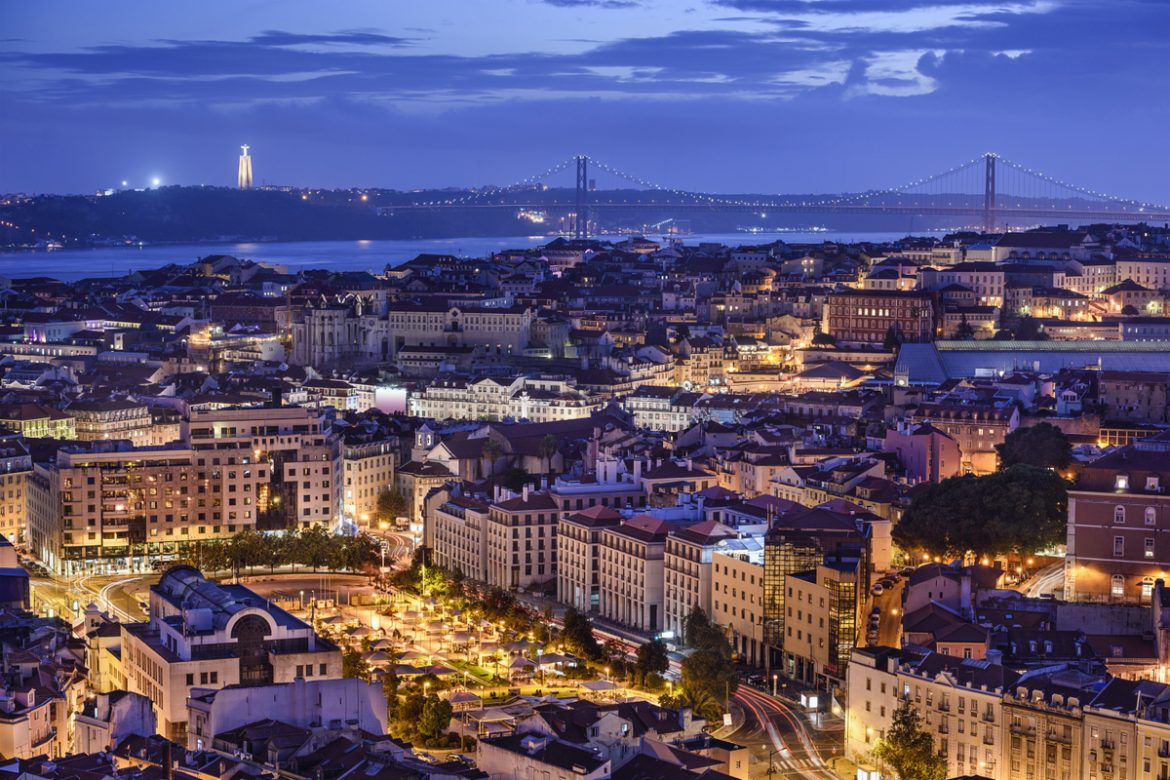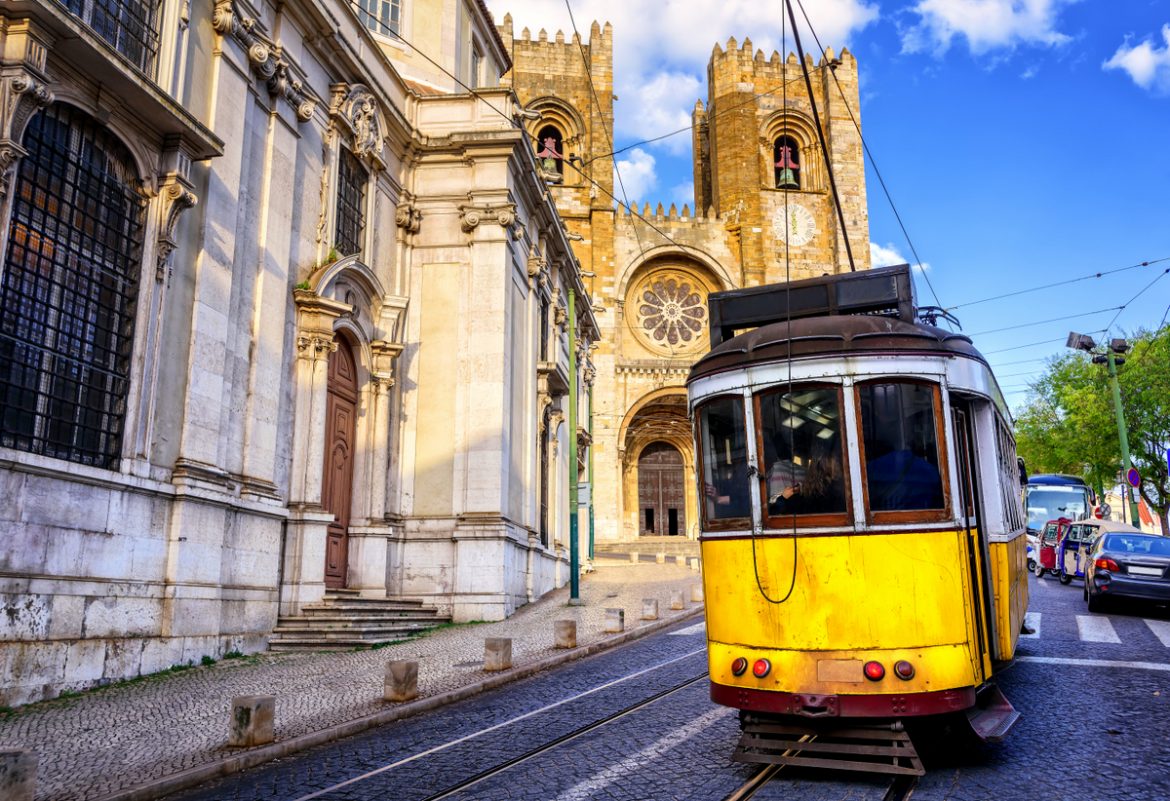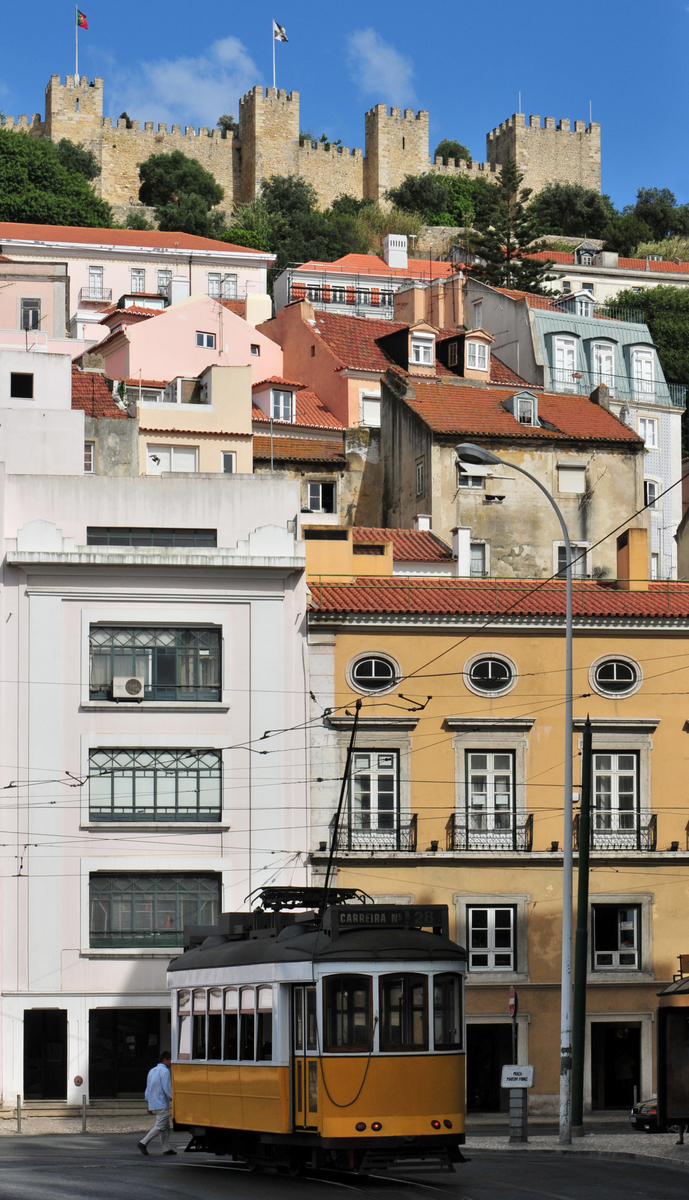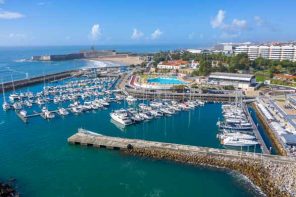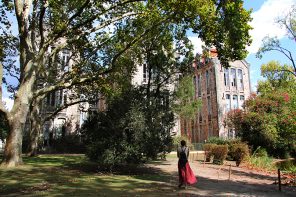GRAÇA (GRACE) BELIEVES TO BE ALL ITS NAME EVOKES, AN AWARD FOR THOSE WHO VENTURE ASCENDING FROM ALFAMA, SANTA APOLÓNIA, CHIADO OR MARTIM MONIZ AND ARRIVE AT A DIFFERENT VIEWPOINT, PROMISES OF LOVE FROM MOURARIA AND, SIDEWAYS, THE TRENDY INTENDENTE.
Some start with the villas (Berta, Sousa), the working-class daydream with as much ornamentation as architecture. But it is hard to resist the palace ambition it relays in the way the houses seem to hold on to each other, seeking support after the devastating earthquake of 1755.
Graça, Mouraria and Intendente are not only boroughs that live in a tight embrace but also they share the quietness of life, the hubbub of work and its own way of livening up the moments of leisure. The other Lisbon is still there, seen from the windows of Senhora do Monte and Graça. But for those living here there is the dream of a village, tokens of rurality reminding us that it is possible to be different in a city where many places are deemed to be alike.
On Tuesdays and Saturdays there is Feira da Ladra, the famous flea market, while next door at the notable religious monument of S. Vicente de Fora the marble tombs of royalty are still making History. In the old gueto of the moors freed after the conquest of Lisbon by D. Afonso Henriques rises Mouraria, proud of being Fado’s cradle or, at least, claiming it. Local commerce is almost intimate and it is not uncommon to arrive at Martim Moniz to the sound of the Portuguese fado singer Mariza or just missing a former diva Severa. Martim Moniz is the quintessential melting pot of cultures, sounds and colors of Africa and Asia.
Along the lengthy and less and less greyish Almirante Reis avenue one arrives at Intendente, once a place of ill repute that has become in the last years a valid alternative for culture and shows, mixing day and night time entertainment without modernity challenging tradition for a duel. A rival to match the river area. Lisbon doesn’t always need water to set to sea.

